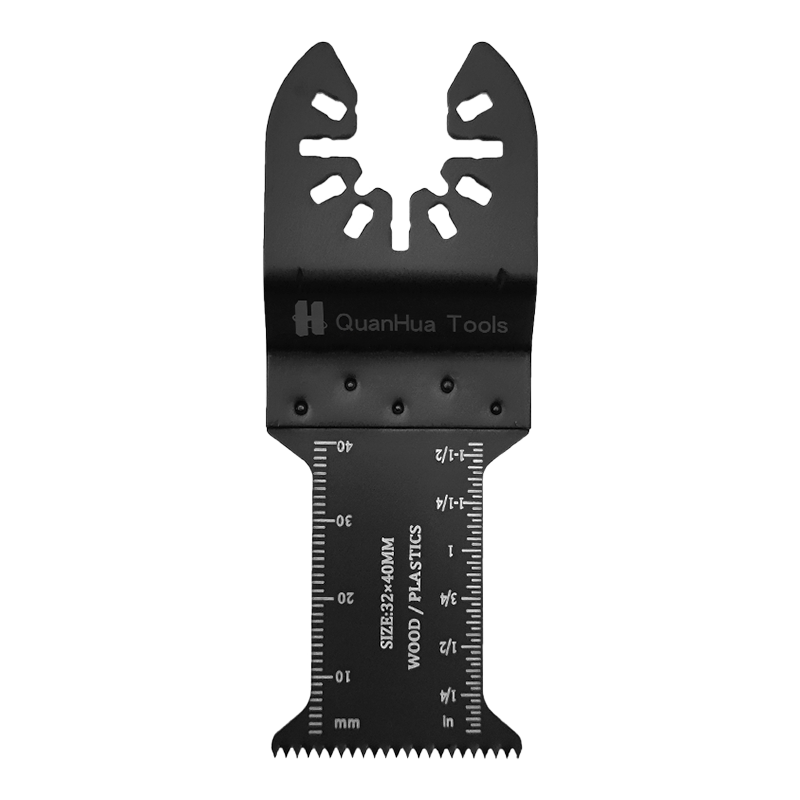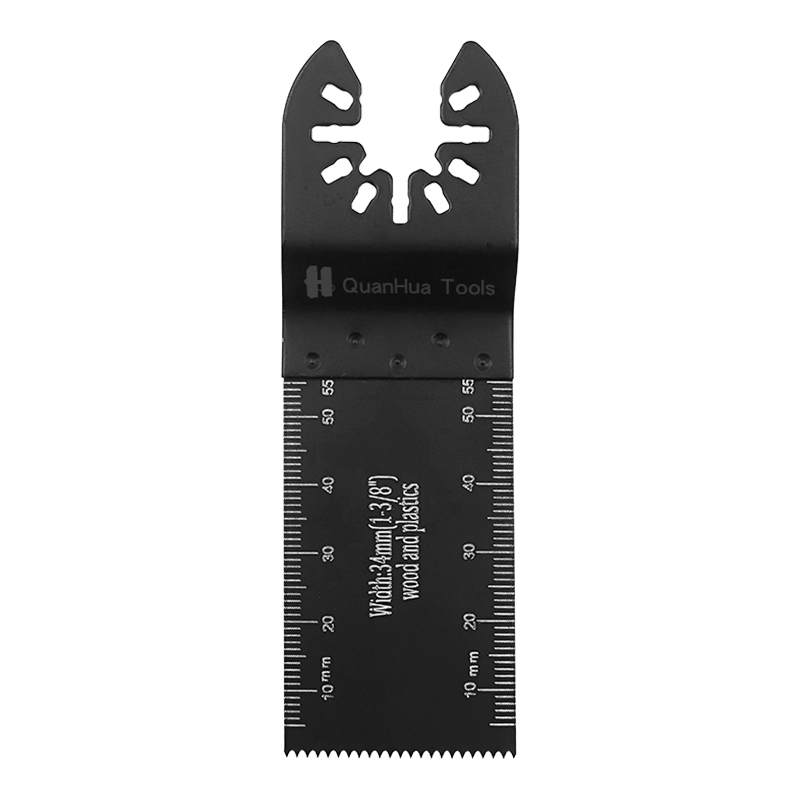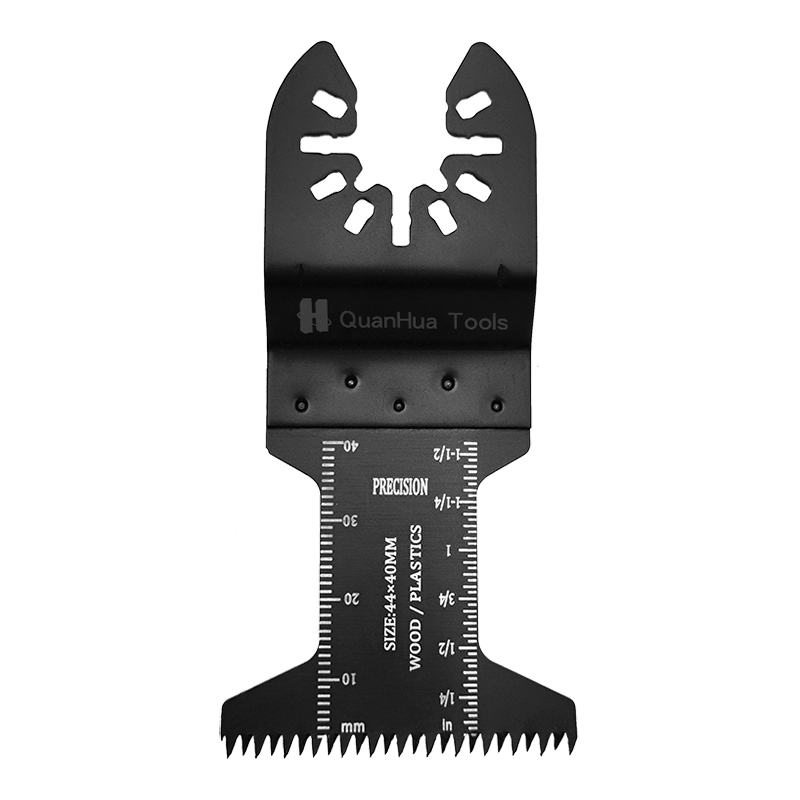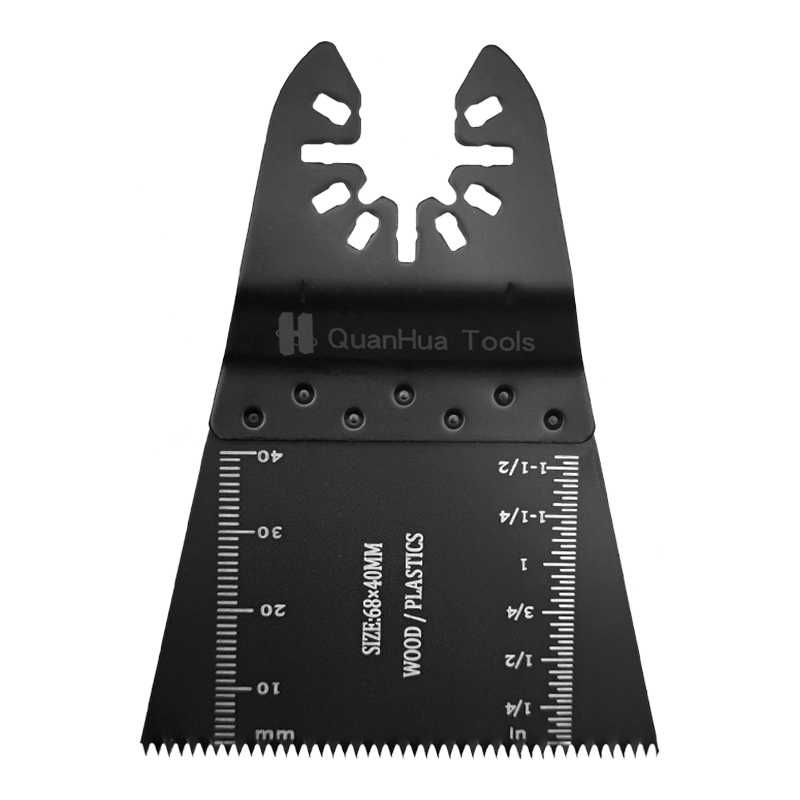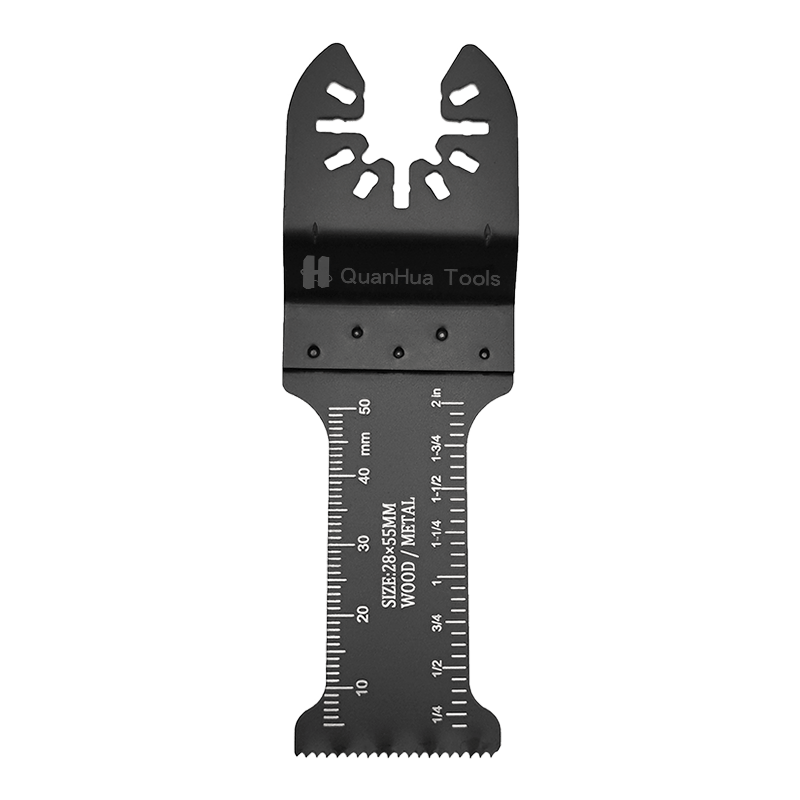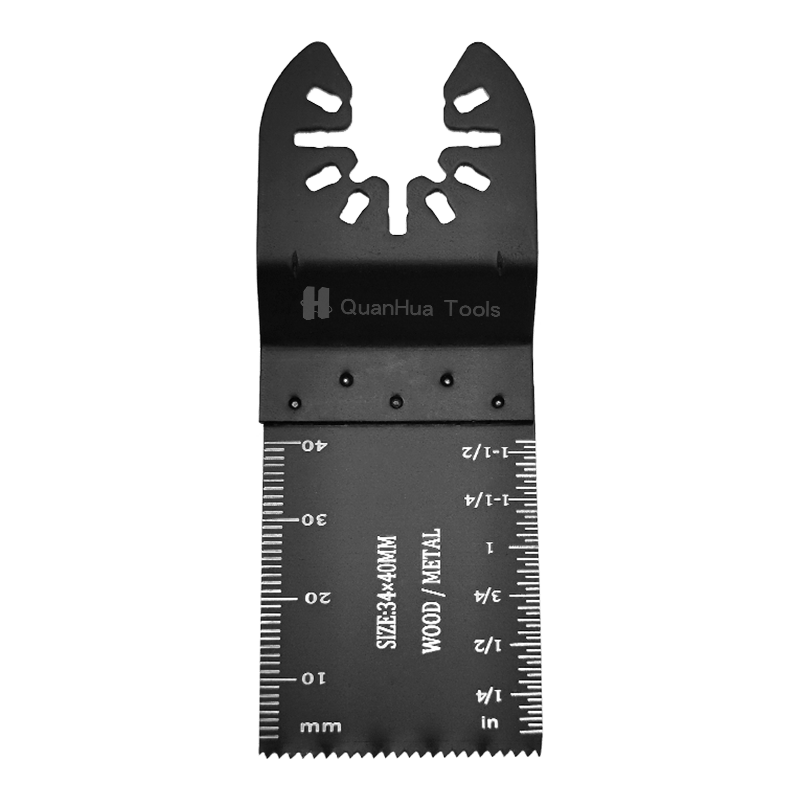1. Choosing the Wrong Grit
Mistake:
Selecting the appropriate grit for your sanding task is crucial. Using a grit that's too coarse can leave deep scratches, while one that's too fine may not effectively smooth the surface.
Solution:
Understanding the material you're working with and the level of imperfections will guide your grit selection. Start with a coarser grit for heavier sanding and progressively move to finer grits for a smoother finish. Matching the grit to the task ensures optimal results without unnecessary damage or inefficiency.
2. Skipping Grit Levels
Mistake:
Skipping grit levels can lead to uneven surfaces and visible scratches, complicating the sanding process and requiring additional work to correct.
Solution:
Sand systematically through each grit level, ensuring you address all scratches and imperfections from the previous stage before moving on. This sequential approach promotes a smoother transition between grits, resulting in a more uniform finish.
3. Applying Uneven Pressure
Mistake:
Uneven pressure during sanding can create dips and grooves, resulting in an irregular surface texture.
Solution:
Maintain consistent pressure across the sanding area, allowing the sandpaper to remove material evenly. Avoid applying excessive force, as this can lead to over-sanding in certain spots. Use a sanding block or pad to distribute pressure evenly and minimize the risk of surface irregularities.
4. Not Using a Sanding Block or Pad
Mistake:
Sanding without a proper backing, such as a sanding block or pad, can result in uneven pressure distribution and a lack of control over the sanding process.
Solution:
Utilize a sanding block or pad to provide a stable base and even pressure during sanding. This helps prevent finger marks and ensures consistent results across the surface. Choose a block or pad that matches the shape of the workpiece for optimal contact and control.
5. Ignoring Dust Removal
Mistake:
Accumulated dust between sanding stages or before finishing can compromise the quality of the final surface, leading to a rough or blemished appearance.
Solution:
Remove sanding dust thoroughly between grit changes and before applying finishes. Use a vacuum, tack cloth, or damp cloth to clean the surface and remove debris effectively. This ensures a clean working environment and promotes better adhesion of subsequent coatings.
6. Over-Sanding
Mistake:
Continuing to sand beyond the necessary point can result in excessive material removal, potentially compromising the integrity of the workpiece.
Solution:
Monitor your progress closely and stop sanding as soon as the desired level of smoothness is achieved. Over-sanding, particularly on thin or delicate surfaces, can weaken the material or alter its dimensions irreversibly. Exercise restraint and precision to avoid overworking the surface.
7. Sanding Against the Grain
Mistake:
Sanding against the grain of the wood can create visible scratches and disrupt the natural flow of the wood grain.
Solution:
Always sand parallel to the grain direction to minimize the visibility of scratches and preserve the wood's natural appearance. Sanding with the grain produces smoother results and reduces the risk of surface imperfections. Pay attention to the direction of the grain and adjust your sanding technique accordingly.
8. Using Worn-Out Sandpaper
Mistake:
Continuing to use sandpaper past its prime results in diminished effectiveness and may prolong the sanding process unnecessarily.
Solution:
Regularly inspect your sandpaper for signs of wear, such as clogging or loss of abrasive particles. Replace worn-out sandpaper promptly to maintain optimal sanding performance. Fresh sandpaper cuts more efficiently and produces smoother surfaces, leading to faster and more satisfying results.
9. Ignoring Safety Precautions
Mistake:
Neglecting safety precautions during sanding exposes you to potential hazards, including airborne dust, sharp edges, and flying debris.
Solution:
Prioritize safety by wearing appropriate personal protective equipment, such as dust masks, safety goggles, and gloves. Use a dust extraction system or work in a well-ventilated area to minimize dust exposure and respiratory risks. Be mindful of sharp edges and wear gloves to protect your hands from cuts and abrasions.
10. Neglecting the Edges and Corners
Mistake:
Failing to adequately sand edges and corners can result in noticeable discrepancies in surface smoothness and detract from the overall quality of the finished piece.
Solution:
Pay close attention to edges, corners, and hard-to-reach areas during sanding. Use specialized tools or smaller pieces of sandpaper to address these areas effectively. Ensure that edges are rounded and corners are smooth to achieve a professional finish. Consistency in sanding across all parts of the workpiece enhances its visual appeal and tactile quality.
Polishing Triangular Sand Table 80*80*80mm QH-3001K
The Polished Triangular Sanding Pad is a versatile and highly effective tool designed to streamline your sanding tasks while providing exceptional precision and performance. This innovative sanding pad features a unique triangular shape, setting it apart from traditional rectangular or circular designs and offering a range of advantages. Crafted with meticulous attention to detail, this sanding pad is engineered with high-quality materials and a flawless polish, ensuring both durability and sanding performance. The triangular shape allows for enhanced maneuverability, enabling you to reach tight corners and intricate contours with ease, which can be challenging with conventional sanding tools.



